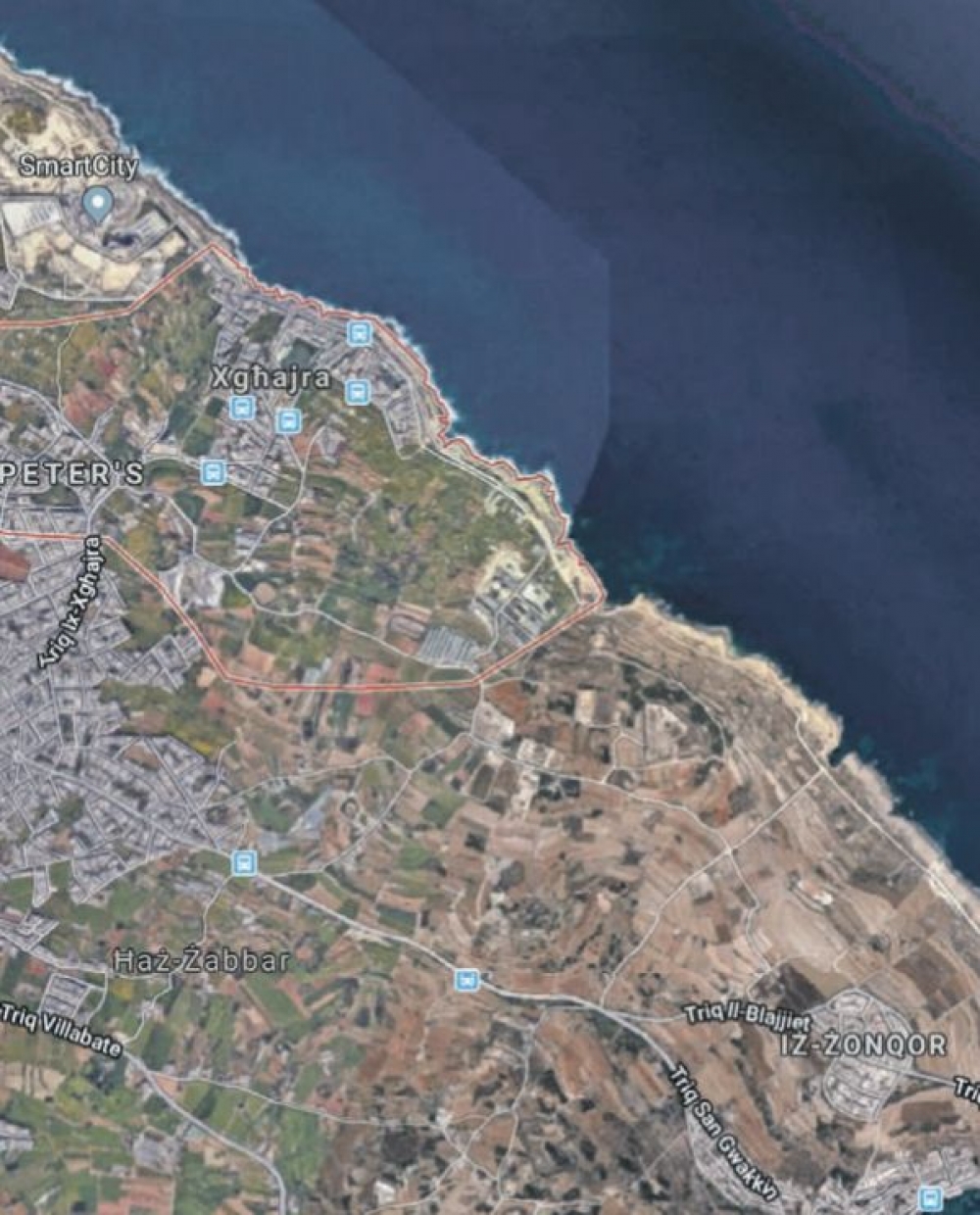Xghajra selected for land reclamation, not Bahar ic-Caghaq
The Gozo tunnel project is set to create one million tonnes of waste, coupled with waste created by various private sector projects like the DB project in Pembroke which by itself will create 336,000 cubic metres of waste

The Environment and Resources Authority has concluded a site selection exercise on land reclamation to dispose the large mass of construction and demolition waste created by construction projects like the Gozo tunnel.
MaltaToday is reliably informed that the study was presented to the ERA board on Friday and was immediately handed to environment minister Josè Herrera with a recommendation for Xghajra to become an area for land reclamation.
The Gozo tunnel project is set to create one million tonnes of waste, coupled with waste created by various private sector projects like the DB project in Pembroke which by itself will create 336,000 cubic metres of waste.
When contacted, the ERA refused to reveal which sites are being considered for land reclamation.
“ERA is conducting a site selection exercise solely from an environmental perspective, which is almost concluded, therefore mentioning individual sites is premature,” a spokesperson said.
The Gozo tunnel project is set to create one million tonnes of waste, coupled with waste created by various private sector projects like the DB project in Pembroke which by itself will create 336,000 cubic metres of waste
But MaltaToday is reliably informed that the site selection study indicates that the only suitable site from an ecological perspective is the northern part of the coastline between Xghajra and Marsaskala, which has experienced severe degradation due to the sewage outfall and where protected Posidonia meadows and other sea grasses are less prevalent.
This confirms earlier studies carried out in 2006 and 2007, conducted by Danish experts Carl Bro and British consultants Scott Wilson.
Bahar ic-Caghaq, which is the preferred site for the Maltese construction lobby due to its vicinity to the golden mile between Paceville and Bugibba, is still considered a no-go area according to the ERA report because of the presence of Posidonia meadows – an important habitat protected by EU law. The site was already considered in previous studies carried out under the Gonzi administration and was excluded for the same reason.
Sources indicated that the aim of the site selection study is that of excluding no-go areas. This represents a drastic change from the method used in 2013, when the government issued a call for expression of interests which yielded 21 land reclamation proposals, without excluding any site from consideration.
But even if studies confirm that Xghajra is the most suitable site from an ecological perspective, other environmental factors – including the further commercialisation of the relatively pristine coastline between Xghajra and Marsaskala – will have to be considered.
One major factor weighing on land reclamation is the question of economic feasibility. The 2007 report had concluded that a land reclamation project on the northern part of the Xghajra coast would cost between €250-€439 million with the major cost being the creation of breakwaters to protect the artificial islands.
Ironically, it was the extension to the coastline on the Bahar ic-Caghaq coast – excluded for ecological reasons – which yielded the best economic performance.
In their 2007 report on the Xghajra site, consultants Scott Wilson suggested that the cost of land reclamation can be offset by the project’s viability, taking as an example Smart City. But it also said that “there remains a question mark over whether there is sufficient demand for this scale of development.” And although the project in Xghajra was considered to have the potential to achieve the required rate of return that made the investment attractive, “the combination of rather marginal returns with risks associated to lack of security of material supply, would make any such project unattractive to the private sector.”
Land reclamation not the only option
On its part ERA has confirmed that the site selection exercise forms part of “a national strategy on land reclamation” which does not exclude options for construction and demolition waste in general.
But ERA did not reply directly when asked whether a Strategic Environment Assessment, an EU requirement for any major plan or policy with an impact on the environment, will be conducted. Such an assessment, which must include public consultation has to be carried out on the plan itself and has to precede any individual application.
ERA simply confirmed that “any proposal for land reclamation will be subject to existing legal processes and parameters, including authorisations form relevant entities.”
One risk of land reclamation is that it would fuel the creation of even more construction waste in the next decade.
But the ERA insisted that the reduction and recycling of construction and demolition material is not just an alternative to land reclamation but must be considered as “a stand-alone requirement”.
According to the ERA, a proper system for the management of construction waste is important as it generates a multitude of advantages and will help the country move towards a more circular economy to close the loop of products’ lifecycles. “ERA’s ultimate aim is to bring about a cultural and behavioural shift within the construction sector. The identified measures aim to be sustainable alternatives to disposal of the material that has the potential for reuse and recovery.”






.jpg)












.jpeg)


